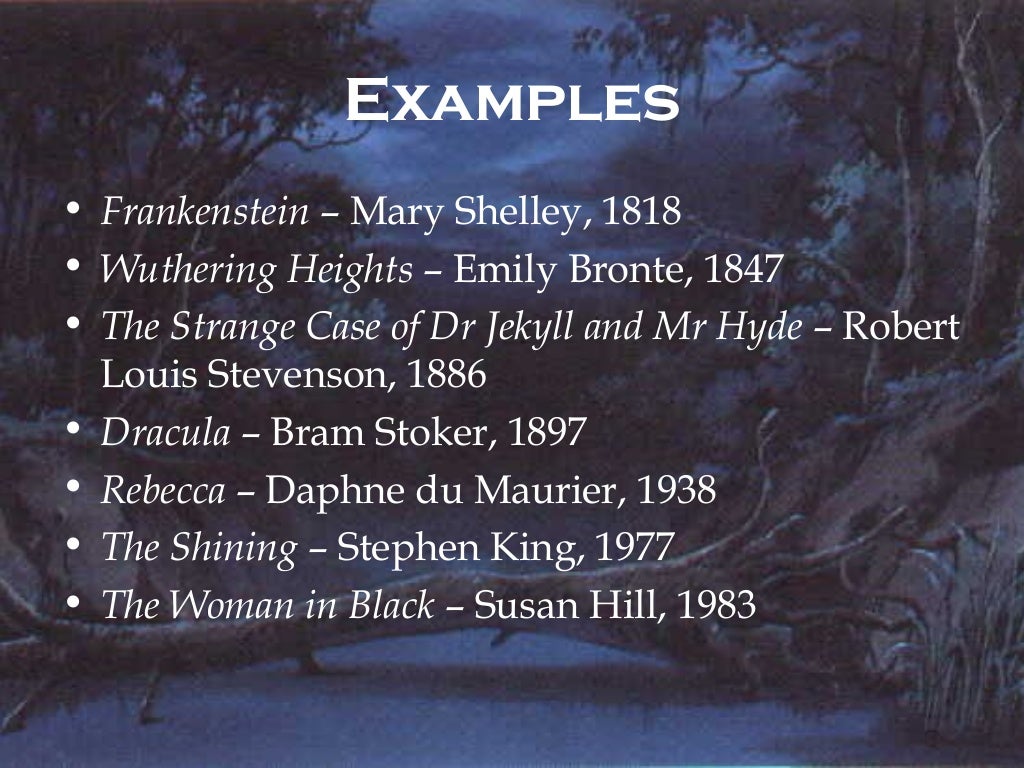


Along the way, these essays explore the connections of Gothic fictions to political and industrial revolutions, the realistic novel, the theatre, Romantic and post-Romantic poetry, nationalism and racism from Europe to America, colonized and post-colonial populations, the rise of film and other visual technologies, the struggles between 'high' and 'popular' culture, changing psychological attitudes towards human identity, gender and sexuality, and the obscure lines between life and death, sanity and madness. The Gothic, a literary movement that focused on ruin, decay, death, terror, and chaos, and privileged irrationality and passion over rationality and reason, grew in response to the historical, sociological, psychological, and political contexts of the late eighteenth and early nineteenth centuries. My Introduction to Gothic Literature is partner degree easy-to-examine essay that explains and describes the come throughout of the writer with Gothic literature. In this volume, fourteen world-class experts on the Gothic provide thorough and revealing accounts of this haunting-to-horrifying type of fiction from the 1760s (the decade of The Castle of Otranto, the first so-called 'Gothic story') to the end of the twentieth century (an era haunted by filmed and computerized Gothic simulations). Delivery guides are designed to represent a body of knowledge about teaching a particular topic and contain: Content: a clear outline of the content. The essay recounts how the author was introduced to the genre of Gothic literature and how she fell in love with the genre of Gothic literature and with Edgar Allan Poe in particular. Gothic as a form of fiction-making has played a major role in Western culture since the late eighteenth century. Summary My Gothic Literature Introduction is an introductory essay that offers descriptions about how the writer came into contact with Gothic literature.


 0 kommentar(er)
0 kommentar(er)
